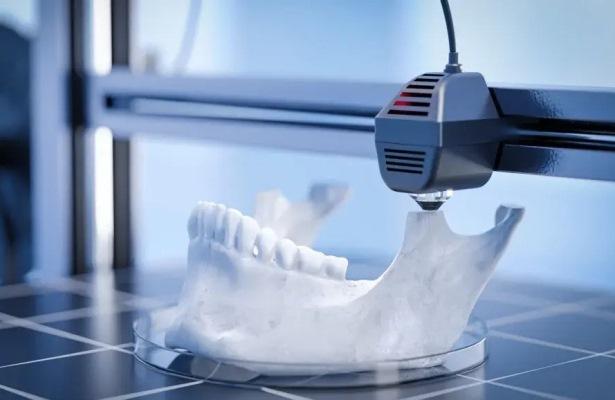3D printed models can serve as a valuable tool to help understand the patient and ensure informed consent before procedures.

VSP uses advanced imaging techniques and software to allow surgeons to visualize and simulate surgeries before they are performed. This increases predictability and individualization while meeting the unique needs of each patient. Unlike traditional planning based on 2D images, VSP offers an interactive 3D approach that improves results and efficiency.
3D printing has become a transformative tool in orthognathic and maxillofacial surgery. This technology has applications ranging from advanced preoperative planning, which develops customized patient models for detailed visualization of surgical steps, to intraoperative guidance using custom surgical templates. Research has demonstrated the potential of 3D printed surgical guides to significantly reduce surgical time and ensure precision while minimizing complications. In addition to their surgical benefits, 3D printed models improve patient understanding by serving as an important tool for obtaining informed consent.
An additional benefit of 3D printing is improved post-operative care, especially with the use of custom-made implants and prostheses that optimize patient recovery. This is especially true in cases of facial reconstruction, for which custom-made 3D-printed titanium implants for various purposes have been introduced, providing both the necessary mechanical support and pronounced biocompatibility. For example, when treating orbital fractures, these implants may be ideally suited to the anatomy of the intact orbit to restore ocular movement.
When it comes to reconstructive surgery for defects of the upper and lower jaw, custom titanium devices are very suitable. These devices stimulate the migration of osteogenic cells from the remaining mandibular bone, promoting natural healing and bone regeneration. They also help overcome problems associated with reattaching segments of the mandibular bone after tumor removal.
In practice, VSP begins by converting patient-specific imaging data into 3D digital models. This helps the surgical team understand complex anatomy and make virtual adjustments. Research has proven the effectiveness of VSP, resulting in reduced operative time and improved postoperative outcomes. Combined with 3D printed surgical guides, VSP provides unparalleled surgical precision, reducing complications often seen with traditional 2D planning and supporting enhanced patient care.
However, despite the enormous potential of VSP in combination with 3D printing, there are still problems. Mastering the necessary software for these technologies requires extensive training and can be financially challenging. The quality of 3D printing depends on obtaining high-resolution digital images, and various factors affect the accuracy of digital scanning. Notably, the rapid development of 3D printing and VSP has supplanted the establishment of standards and regulations, raising concerns about patient safety and procedural accountability.
Technological advances integrating new biomaterials and artificial intelligence, such as machine learning, are likely to further improve the accuracy, accessibility, and practicality of these tools. At the same time, regulators must develop clear guidelines to ensure patient well-being while championing technological advances.
